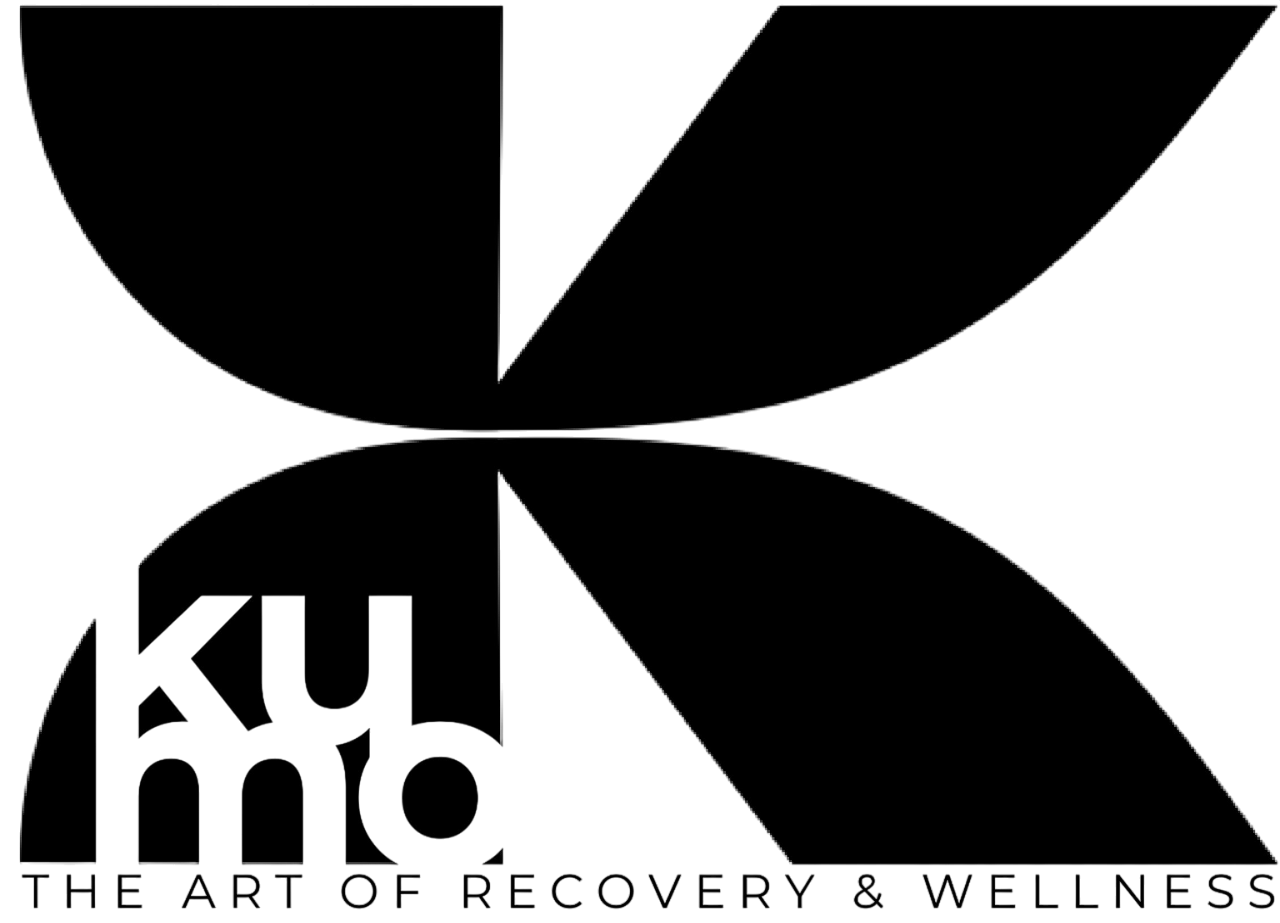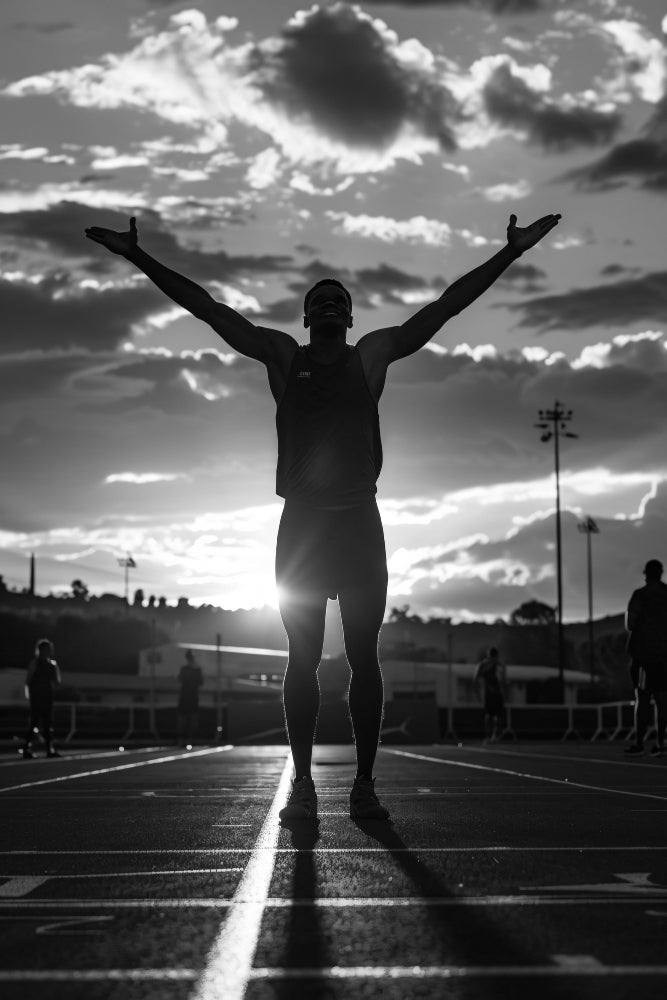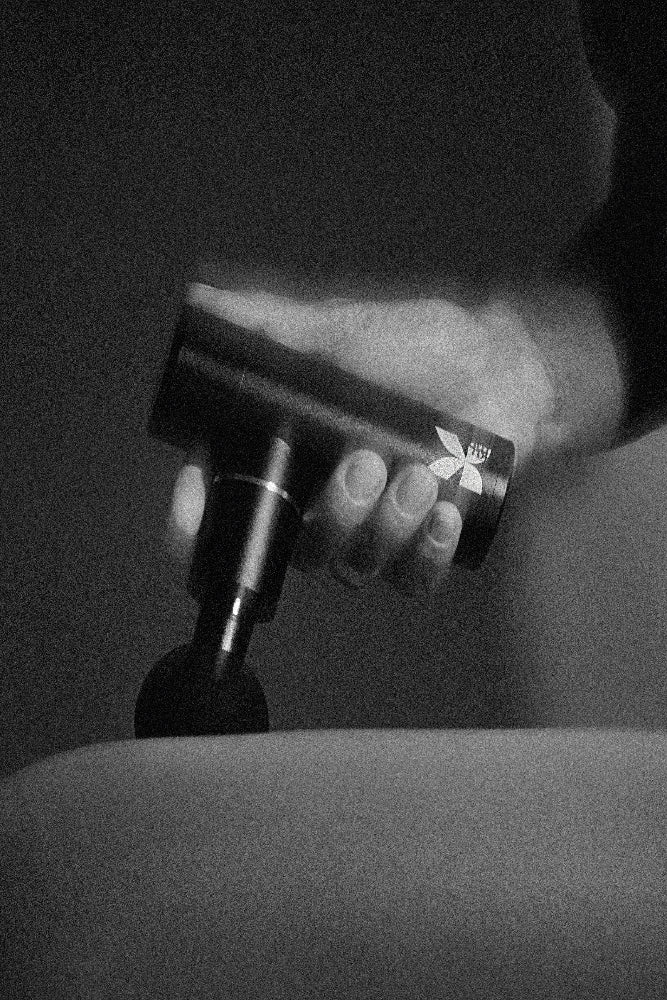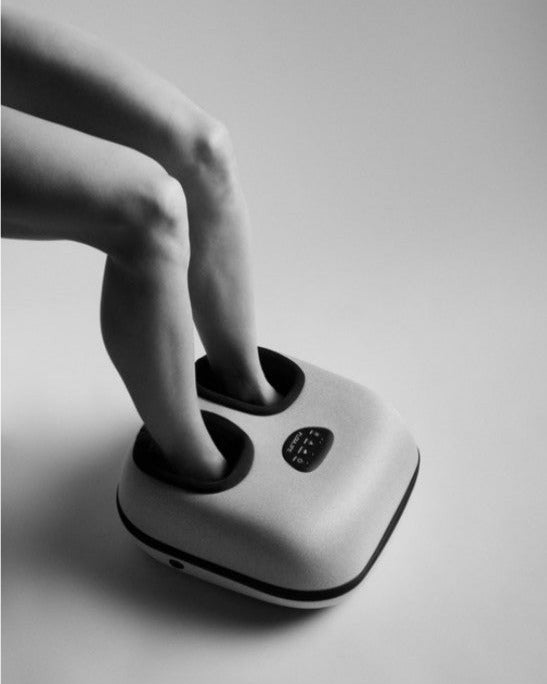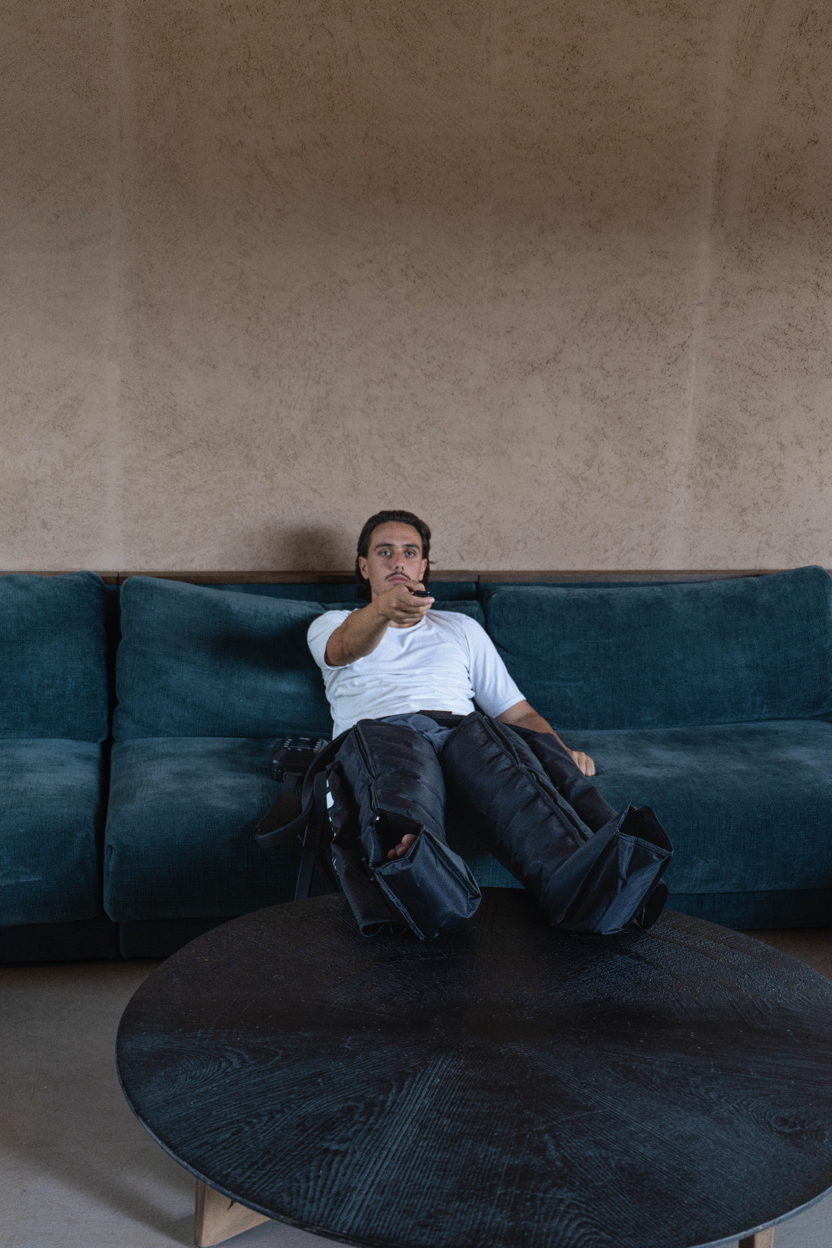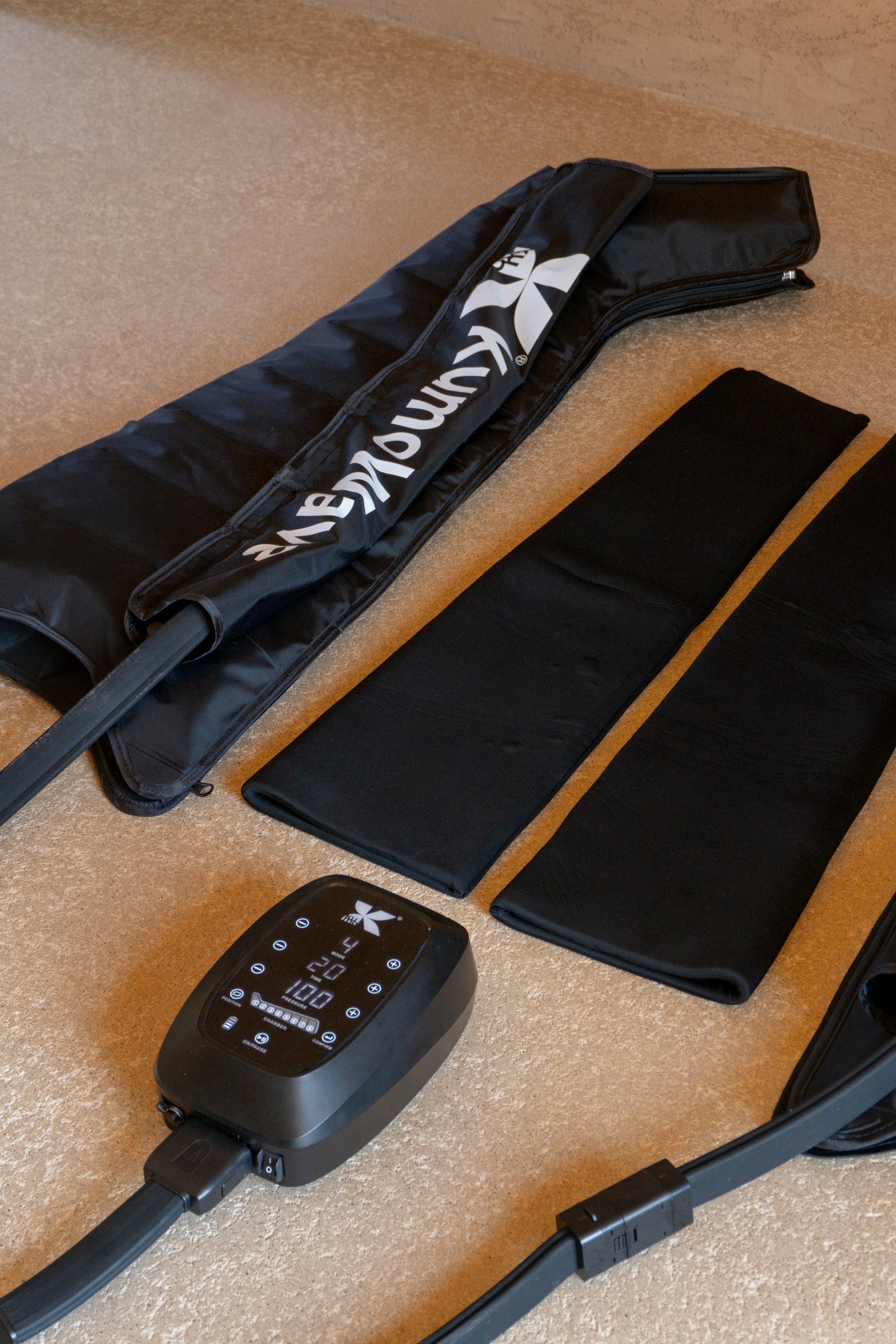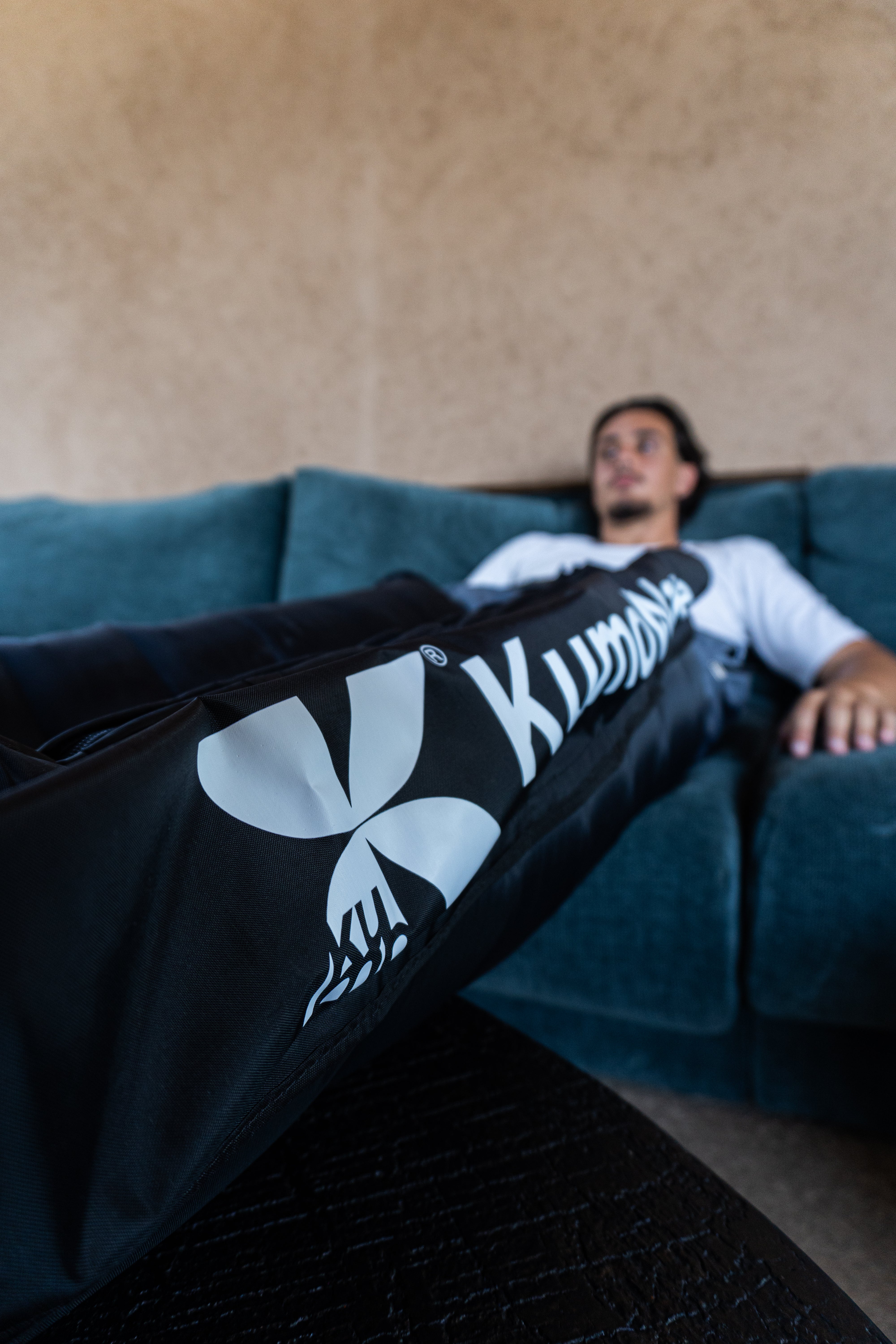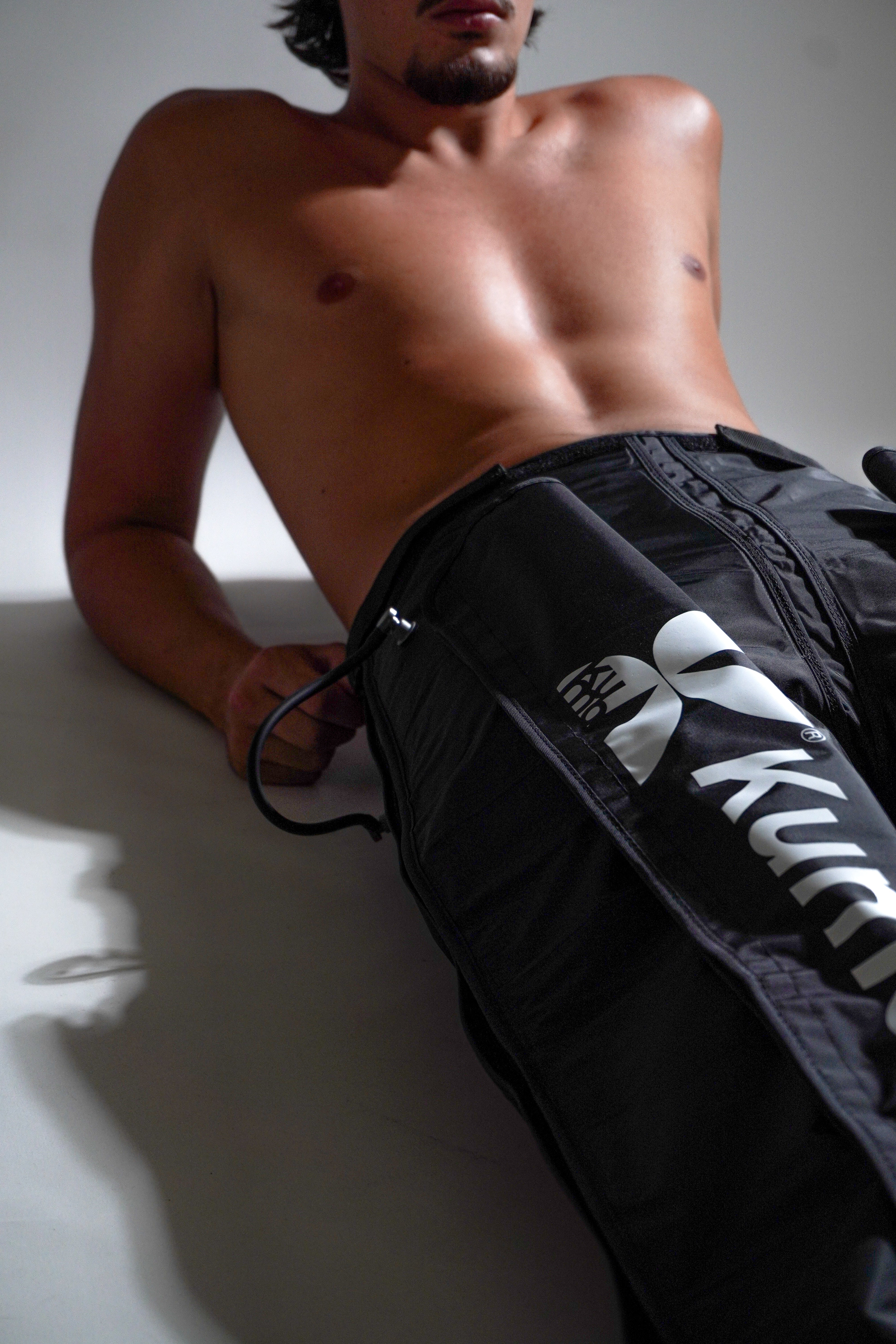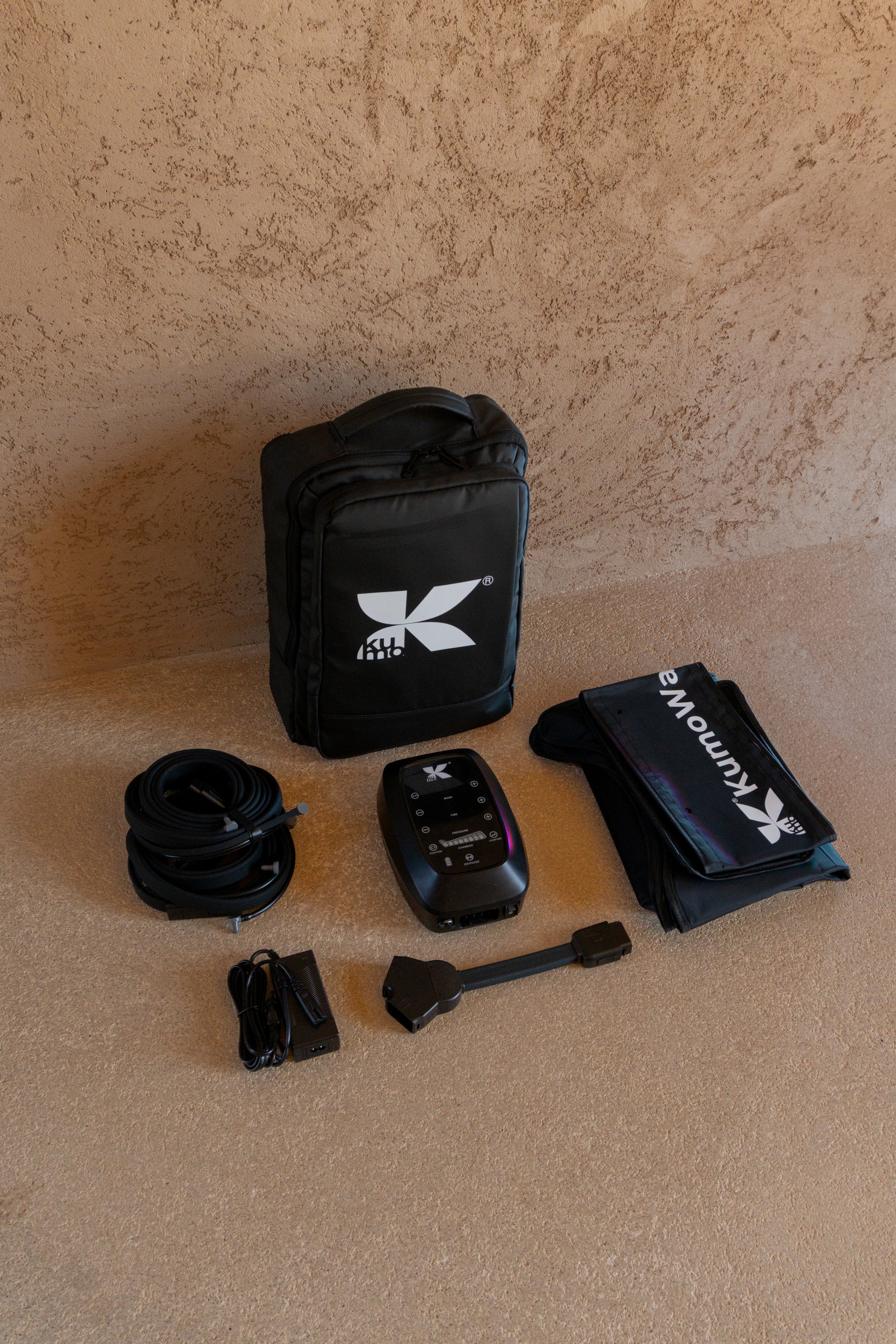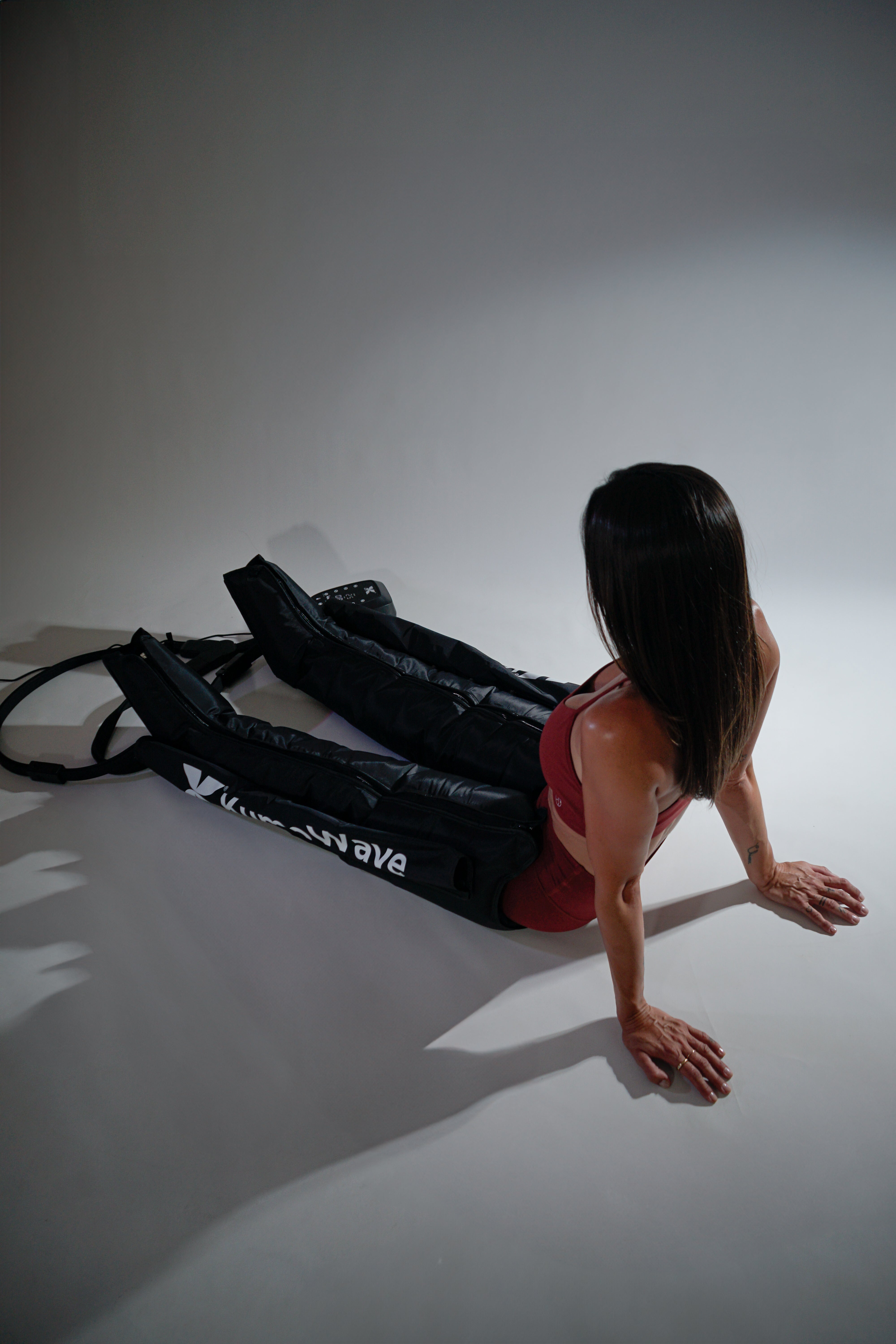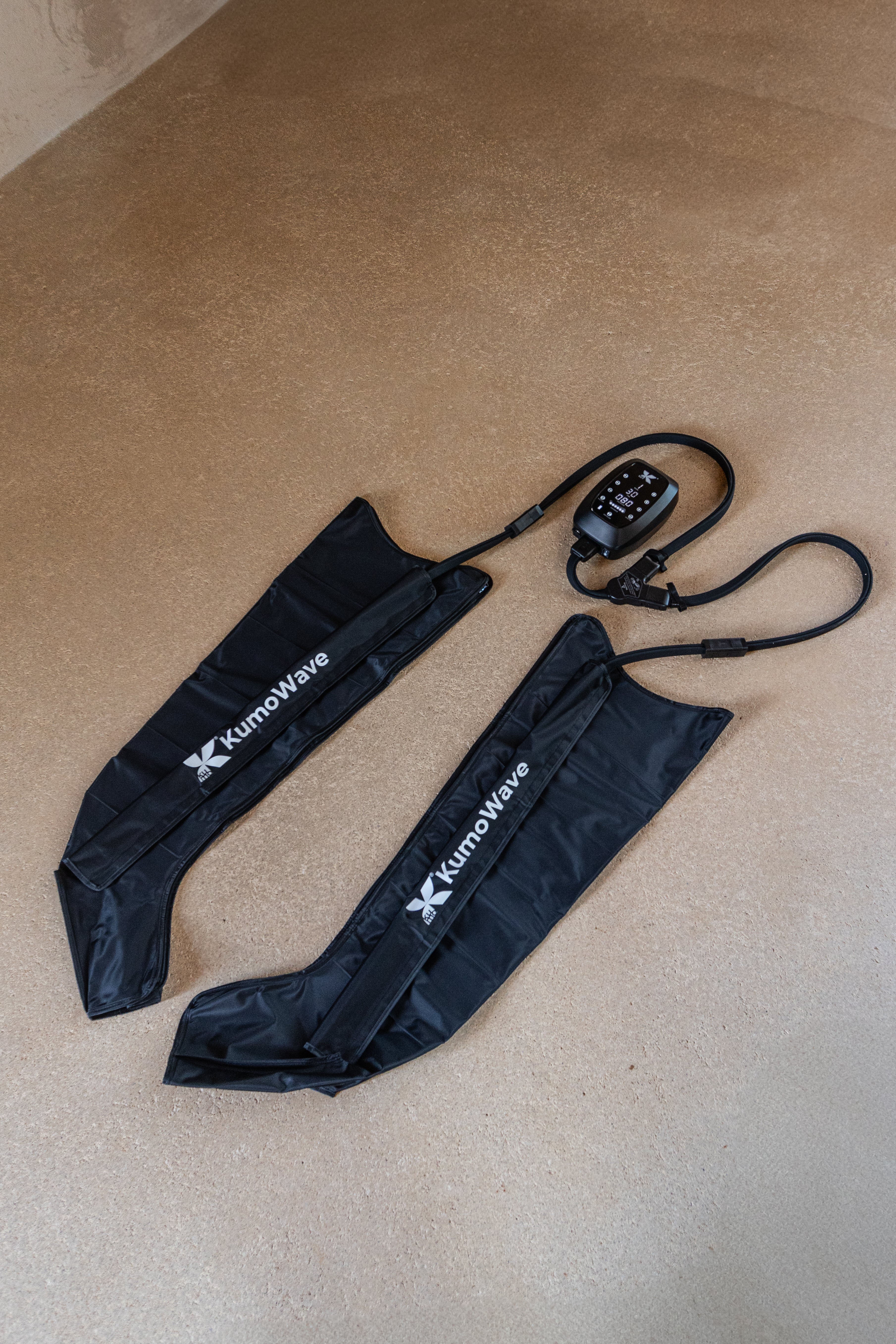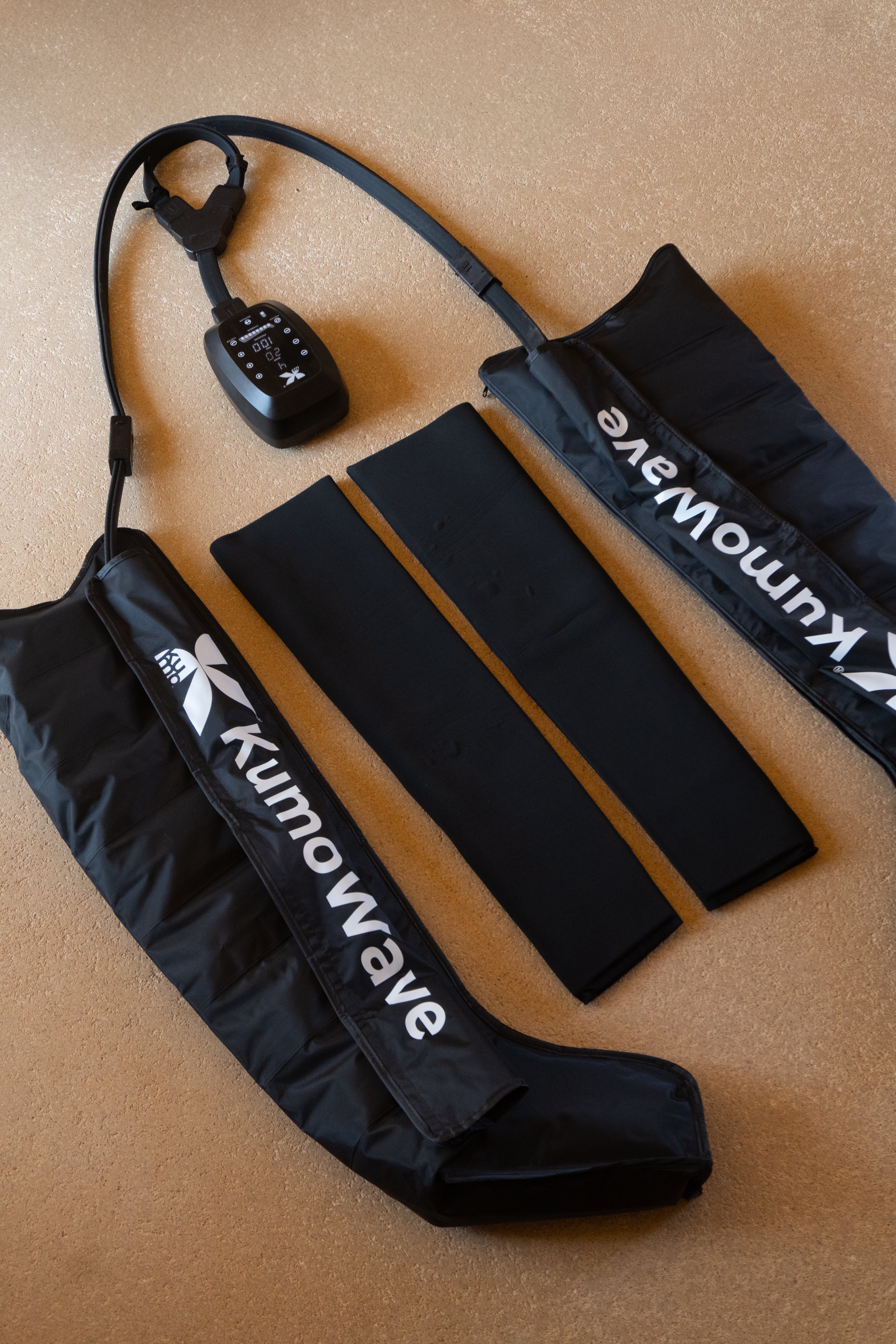Lymphatic drainage for athletes, helping you recover. If you train hard, swelling, heaviness, and stiffness can slow you down. Lymphatic drainage is a gentle and effective tool for mobilizing fluids, relieving edema, and promoting a faster return to performance, without stressing the body.
Coming soon
- Activates the lymphatic system to reduce fluid retention, mild inflammation, and post-workout heaviness.
- Useful after intense sessions, long trips or competitions with muscle microtrauma.
- Methods: manual drainage (MLD), intermittent/pressotherapy, diaphragmatic breathing and mobilizations.
- Complements (not replaces) sleep, hydration, nutrition and active recovery.
- Safety first: Avoid infection, thrombosis, or acute illness; consult a professional.
| Clue | Summary |
|---|---|
| Aim | Promote lymphatic return and relieve edema/stiffness after exertion |
| For whom? | Athletes during periods of loading, travel, return to competition |
| Methods | MLD, pressotherapy, self-care (breathing, mobility) |
| When to use | After hard workouts, on unloading days or in the evening |
| Kumo Accessories | Pressotherapy boots, red LED therapy, massage gun for muscle tension |
What is lymphatic drainage and how does it work?
Lymphatic drainage is a set of techniques designed to stimulate the lymphatic system, a network that collects excess interstitial fluid, immune cells, and waste products and returns them to the bloodstream. In sports, the goal is to relieve swelling and improve comfort after heavy loads or repeated impacts.
Unlike a deep tissue massage, drainage uses gentle pressure, precise targeting of lymph nodes, and slow rhythms. This promotes the "lymphatic pump" and venous return without adding mechanical stress to the tissue. The athlete typically feels lighter, less tense, and relaxed in the nervous system.
Benefits for athletes: what you can expect
Decreased post-workout edema and stiffness
Microtraumas and changes in cell volume after exercise can accumulate fluid. Properly applied drainage helps mobilize this fluid, reducing the sensation of heavy legs and facilitating movement. The clinic recognizes manual drainage for managing edema and heaviness in various settings, with a favorable safety profile when appropriately indicated (Cleveland Clinic).
Comfort, range of motion and preparation for the next session
Less swelling equals greater joint and muscle comfort. For athletes, this translates into smoother warm-ups and a better perception of readiness. As a reminder: drainage doesn't replace active mobility, but it enhances it by reducing tissue "noise."
Parasympathetic regulation and quality of rest
Gentle techniques activate the parasympathetic system, promoting calm and restful sleep, a key to recovery. Incorporating them at the end of the day or during recovery sessions can help you "wind down" without interfering with your training.
Evidence and realistic expectations
Sports recovery literature suggests that compression and massage techniques help reduce pain markers and perceived fatigue, with individual and protocol-based variability ( Frontiers in Physiology, 2018 ). Use it as a supplement for comfort and edema; performance depends primarily on training, sleep, nutrition, and hydration.
Methods applied to sport
Professional-guided manual lymphatic drainage (MLD)
- Rhythmic and very soft touches, directed towards key ganglia.
- Comfort and absence of pain are prioritized.
- Common symptoms: feeling of heaviness, recovery after exertion, travel, and volume changes.
- Contraindications: Acute infections, venous thrombosis, decompensated heart failure; confirm with your physiotherapist or physician ( NCCIH ).
Pressotherapy and intermittent pneumatic compression
Compression boots apply gradual pressure waves that promote fluid return and a feeling of light legs. They're convenient at home and easy to program after workouts. Explore our compression boots. pressotherapy to activate circulation and relieve legs with high-performance technology.
Recovery isn't about stopping; it's about preparing for the next effort.
Self-care: breathing and mobilization
- Diaphragmatic breathing: The diaphragm is a powerful lymphatic pump; 5–10 deep breaths can help “open” the system.
- Smooth distal to proximal mobility (ankle-knee-hip) to promote return.
- Massage very superficially toward the lymph nodes; avoid applying deep pressure.
- For complementary muscle tension release (not drainage per se), a massage gun can help if used at low intensity and away from lymph node areas. Discover the KUMOPULSE Air massage gun .
Red/LED light therapy as a support
Red and near-infrared photobiomodulation is being investigated as a support for muscle recovery and rest. It can complement drainage by promoting relaxation and overall well-being. Discover our selection of LED light therapy to integrate into your recovery routine.
How to integrate it into your recovery plan
Planning according to load and schedule
- Use it on days of high fatigue, while traveling, or after high-impact sessions.
- During competition weeks, opt for short, gentle sessions to avoid interfering with your sensations.
- Listen to your body: look for lightness and calm, never pain or dizziness.
Synergies that multiply results
- Hydration and electrolytes to maintain plasma volume.
- Sufficient and consistent sleep.
- Mobility and gentle walking as a “muscle pump.”
- Nutrition: Proteins and polyphenol-rich foods to modulate inflammation.
Signs to adjust
If there is redness, warmth, fever, progressive pain, or suspicion of an acute injury, discontinue treatment and seek medical attention. Avoid areas of infection, unhealed wounds, or thrombosis. Safety is the primary metric for success.
Safety, risks and contraindications
Drainage is low risk when the technique and indications are followed. Avoid it if you have an active infection, decompensated heart failure, deep vein thrombosis, active cancer without medical authorization, or advanced renal failure. If you are pregnant, recently postoperative, or have a chronic illness, consult a professional before starting. The clinical guidelines emphasize proper screening and gentle technique to maintain the safety of the procedure (Cleveland Clinic).
Scientific evidence: what the research says
Meta-analyses and reviews on post-exercise recovery show that massage and compression can reduce perceived soreness and markers of muscle damage, with protocol- and individual-dependent effects ( Frontiers in Physiology, 2018 ). Manual drainage therapy is widely used clinically for edema and heaviness, with a solid physiological basis and recognized safety, especially when avoided in contraindications ( NCCIH ). Use it with realistic expectations: improving comfort, mobility, and conditioning, as part of an overall strategy.
KUMO resources and solutions for your routine
- Discover who we are and our vision for smart recovery in KUMO .
- Activate your circulation with our pressotherapy boots .
- Integrate nighttime relaxation with LED light therapy .
- Release muscle tension with the KUMOPULSE Air massage gun .
- Not sure which one to choose? Write to us at contact .
FAQ
Does lymphatic drainage help with DOMS?
It can relieve the discomfort associated with DOMS by reducing the sensation of swelling and improving comfort, although it does not "erase" muscle damage. Evidence on massage and compression shows moderate reductions in perceived pain after intense exercise, with varying responses among individuals. Ideally, it should be combined with hydration, sleep, and gentle mobility. If the pain is stabbing, localized, or accompanied by marked weakness, consider a professional evaluation to rule out injury.
Are pressotherapy and lymphatic drainage the same thing?
They share a common goal: to promote fluid return. Manual drainage (MLD) is performed with gentle maneuvers directed at lymph nodes; pressotherapy applies intermittent, graduated pneumatic pressure through boots or cuffs. Both can be used to relieve heaviness and mild post-workout edema. The choice depends on preference, access, and context: at home, pressotherapy offers convenience; in the clinic, MLD allows for a highly individualized approach.
When is it best to use lymphatic drainage during training week?
It works well after demanding sessions, on decompression days, or after long trips. Before competing, opt for brief, gentle, and noninvasive interventions to maintain a good feeling and prevent additional fatigue. Avoid applying it to acutely painful areas or areas with signs of infection. Adjust based on how you feel: the goal is lightness, relaxation, and range of motion, not excessive sensitivity or drowsiness that interferes with your warm-up.
Can lymphatic drainage be done at home?
Yes, with the right tools and safe guidelines. Pressotherapy facilitates consistent home sessions, and diaphragmatic breathing and gentle movements support lymphatic return. If you practice self-massage, use very light pressure and direct pressure toward lymph nodes, avoiding inflamed or injured areas. For additional muscle tension, a low-intensity massage gun can help, without putting pressure on lymph nodes. If you have medical conditions, seek professional guidance first.
Is it safe for marathon runners or strength athletes?
In general, yes, as long as there are no contraindications and the intensity and timing are respected. After long runs or heavy-duty sessions, drainage can improve the feeling of light legs and rest. Avoid using it if you show signs of infection, thrombosis, acute pain, or a recent undiagnosed injury. Start with short sessions, monitor your response, and coordinate with your trainer or physiotherapist to integrate it without interfering with your plan.
To remember
- Lymphatic drainage is gentle, non-invasive, and aimed at relieving edema and post-workout heaviness.
- Use it as a supplement for sleep, hydration, mobility, and nutrition—together they make a difference.
- Pressotherapy and MLD are different paths to the same goal; choose based on your context and preferences.
- Safety first: Identify contraindications and seek professional guidance when necessary.
- Integrate technology to your advantage: explore pressotherapy and LED for a complete recovery routine.
- Ready to take the next step? Start at KUMO or write to us by contact .
